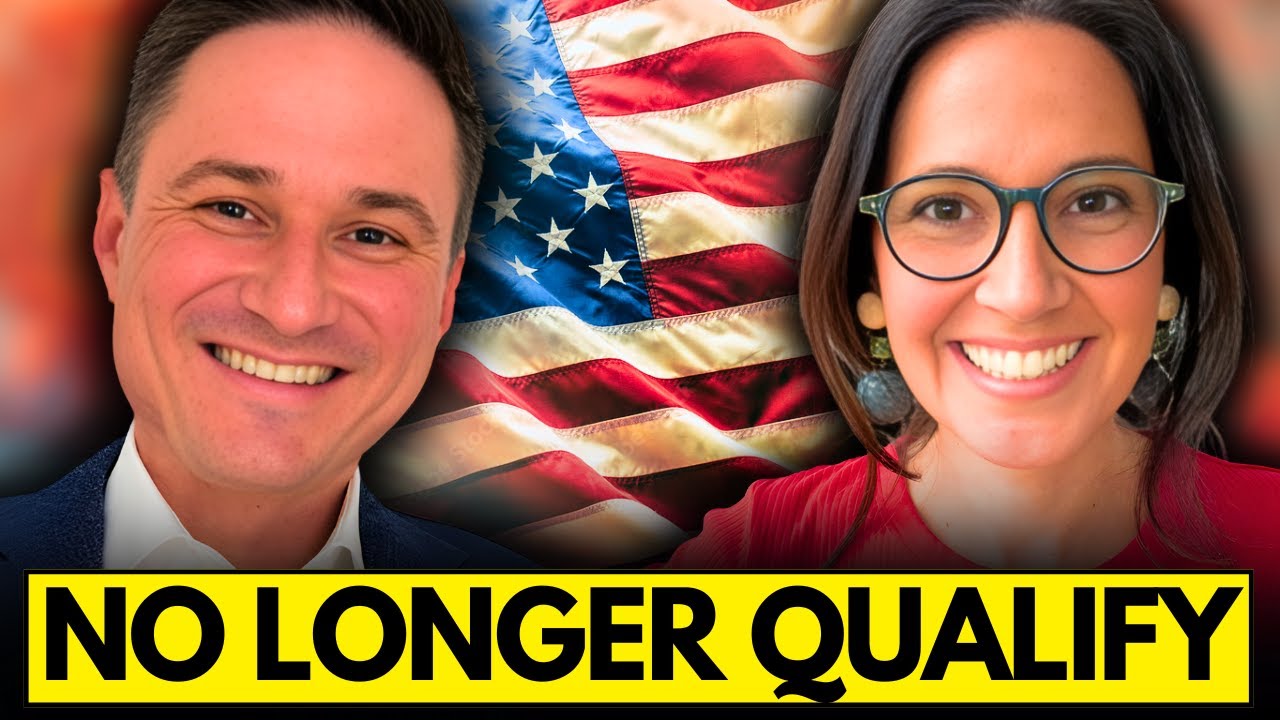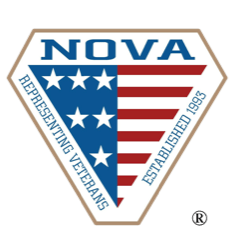Updated Definition Of A Protected Work Environment For TDIU
Posted by Gregory M. Rada | August 30, 2024 | Disability Compensation
In January 2024, the US Court of Appeals for Veterans Claims issued a decision in LaBruzza v. McDonough, 37 Vet. App. 111 (2024). This decision provided additional guidance as to the definition of the “protected work environment” exception regarding entitlement to a total disability rating based on individual unemployability (a TDIU or IU).
This post will cover the meaning of a protected work environment and how the LaBruzza case will impact veteran’s looking to win TDIU based on a protected work environment.
What is TDIU?
Individual unemployability, referred to as TDIU or IU, is a mechanism whereby VA can pay a veteran at the 100% payment rate — even though the veteran’s combined rating is less than 100% — in recognition that a veteran is unable to maintain substantially gainful employment due to their service-connected disabilities.
VA regulations define “substantially gainful employment” as employment where a veteran earns above the federal poverty threshold for a single person. This means that a veteran does not have to be totally unemployable to receive TDIU — if their earnings are below the poverty threshold, then their employment is considered “marginal employment,” and they can still receive individual unemployability.
What is a Protected Work Environment?
38 C.F.R. § 4.16(a) further defines marginal employment as:
Marginal employment may also be held to exist, on a facts found basis (includes but is not limited to employment in a protected environment such as a family business or sheltered workshop), when earned annual income exceeds the poverty threshold.
This means that if a veteran is working in a protected work environment, they can earn above the poverty threshold and still be entitled to TDIU.
The classic example of a protected environment is where a veteran works in a family business. They’re protected because their family is not going to fire them even though they perform substandard work. Other examples of a protected work environment could be self-employment or working as a gig worker (i.e., Uber, DoorDash, Lyft, etc).
What Did the LaBruzza Case Do?
The regulatory definition of a protected environment is really vague, and there’s been tension for years between VA and the Court where the Court has been asking VA to provide a more firm definition. VA has declined to do so, and this is where LaBruzza comes in.
Mr. LaBruzza was a Navy veteran who sought entitlement to TDIU during a time period when he was still employed. He was working in a municipal building inspector’s office and he argued that his employer gave him special treatment because he was a veteran. He argued that his work environment was “protected” because if he were not a veteran, his PTSD and prostate cancer residuals would have cost him his job. He stated that his employer would let him leave work early to avoid escalating conflicts with his supervisor and that he could take extended work absences of up to two months at a time.
The Board, however, determined that he was not in a protected work environment because his employment “did not result in lost income, legally required accommodations allowed him to remain employed for many years, and there was no evidence that he was hired for a charitable, rehabilitative, or therapeutic purpose.”
Mr. LaBruzza appealed to the Court and the Court analyzed the meaning of a protected work environment. The Court first held that a protected work environment “is meant to encompass employment that is shielded in some respect from competition in the employment market.” This essentially means that the employer keeps the veteran employed even though they would normally lose their job due to the symptoms from their service-connected disabilities.
But perhaps more importantly, the Court held that in order to qualify as a protected work environment, the veteran also had to be in a “lower-income position.” This means that VA will now look to see how much the veteran is earning, and if it’s too much, they won’t qualify for the protected work environment exception.
Finally, the Court talked about reasonable accommodations under the ADA. It said that veterans who received reasonable accommodations under the ADA are not being shielded from the competitive labor market because “they are working within it under one of the conditions that govern it.” Therefore, “as a general matter, receipt of an ADA accommodation is not by itself evidence that a veteran is working in a protected environment.” But veterans who receive accommodations above what the ADA requires are more likely to be able to demonstrate that they are in a protected work environment.
What is a “Lower-Income Position?”
The Court declined to set a bright line rule as to what constitutes a lower-income position. Mr. LaBruzza was earning nearly $200,000 a year, and the Court said that was not a lower-income position, so we know that veterans earning $200,000 or more per year will not qualify for the protected work environment exception.
But below $200,000, we just don’t know. Does $150k qualify? Does $50k qualify? No one knows, but it’s probably somewhere close the low end of the spectrum. The Court did suggest that VA define a lower-income position by using VA’s income limits for other benefits, such as the maximum annual pension rate or income limits for VA healthcare purposes. Those income limits are in the $20k to $30k range.
Conclusion
LaBruzza definitely changed the landscape on the meaning of the protected work environment exception for TDIU. The amount of income a veteran earns is a qualifying factor now, and only veterans who are in a lower-income position will qualify. Veterans will also likely have to show that they receive accommodations above what is required by the ADA.
If you’ve been denied entitlement to TDIU because VA determined you are not in a protected work environment, we’d be happy to talk to see if you have a winnable appeal.
[contact-form-7 id=”e0e094d” title=”Contact form 1″]







